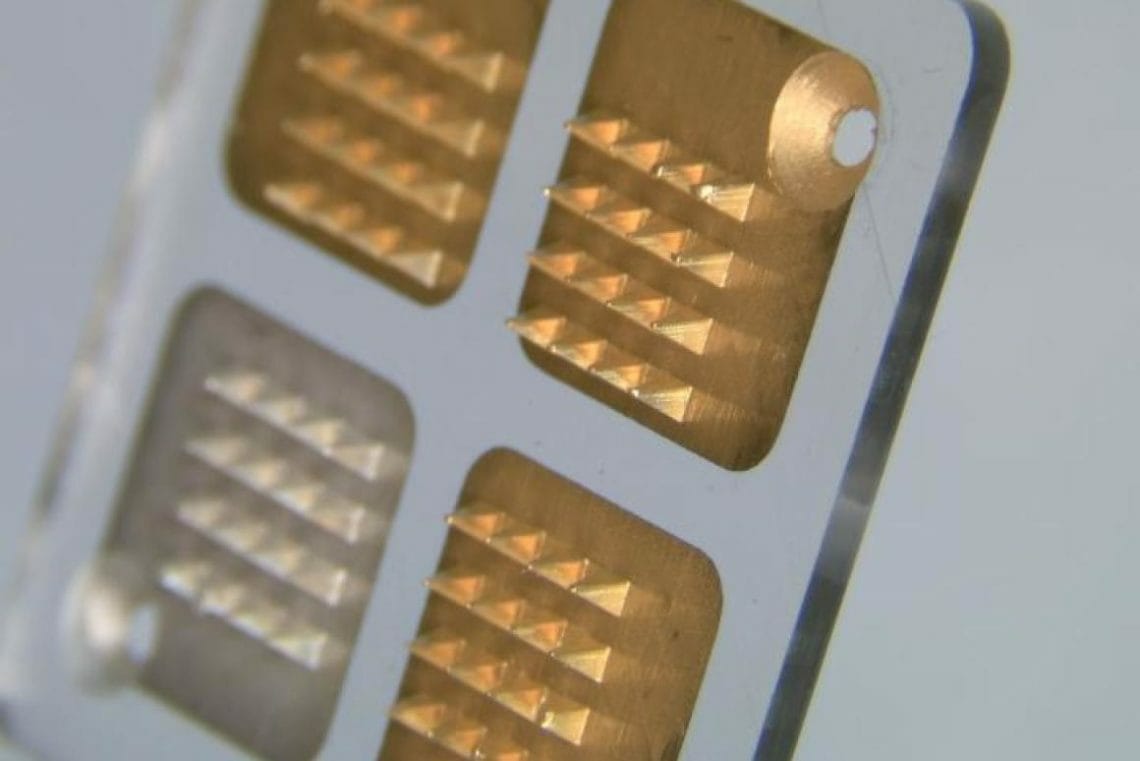- Health Is Wealth
- Posts
- This skin patch measures antibiotic levels in real time
This skin patch measures antibiotic levels in real time
The patch that I’m going to talk to you about today could change the lives of patients. When a person is being treated for a serious infection, it is important to know the level of antibiotics in their blood. Although this is currently verified by blood samples. But it could soon be better managed by using a skin patch with micro needles.

A skin patch developed by Imperial College London
It was developed by scientists at Imperial College in London, Britain. This skin patch is a prototype that includes several tiny needles coated with enzymes on its underside.
When the sensor patch is pressed against the patient's skin, these needles painlessly penetrate the outermost layer of the skin. If the targeted antibiotic is present in the interstitial fluid between the skin cells (reflecting the levels in the blood), the enzyme on the needles will react with it, causing the pH level of the fluid to change.
The hands detect this alteration. When the patch is smart health connected to an external monitoring, it is thus able to display the concentration of antibiotics in the patient's blood; depending on the magnitude of the pH change.
A Review on 10 healthy volunteers
In laboratory tests, small patches with micro needles were placed on the forearms of 10 healthy volunteers; where they were able to accurately measure fluctuating levels of oral penicillin. Their readings matched those of blood samples taken at the same times.
Ultimately, it is to be hoped that detection technology can be integrated into portable devices. They will automatically inject more antibiotics into patients as the levels in their bloodstream drop below a given level.
“When hospital patients are treated for severe bacterial infections, the only way to know if the antibiotics we are giving them is working is to wait to see how they react; and take frequent blood samples to analyze the levels of drugs in their system. But it can take time. Said Timothy Rawson, lead scientist. “Our biosensors could help change that. Using a simple patch on the skin of the arm; or potentially at the site of infection. It could tell us how much medicine the body is using and provide us with vital medical information. "
A research article was recently published in The Lancet Digital Health. In addition, a team from the University of British Columbia and the Paul Scherrer Institute have already developed a skin patch to measure blood drug levels; although it uses micro-optical fibers.
AB SMART HEALTH REVIEW